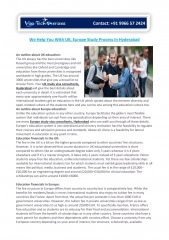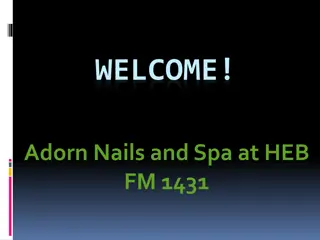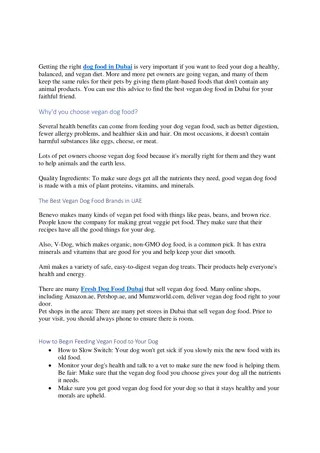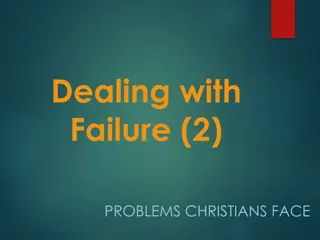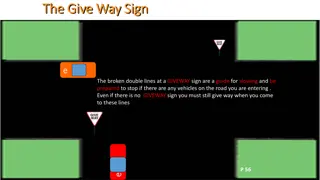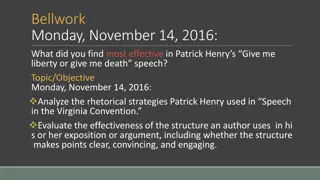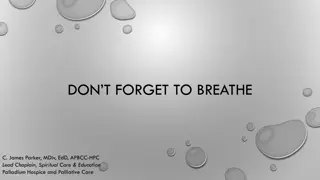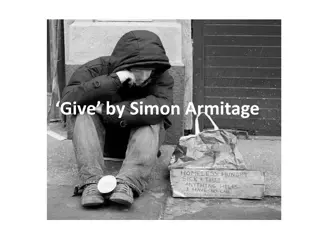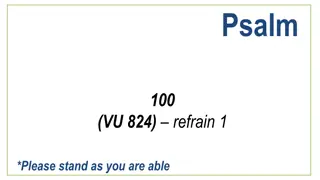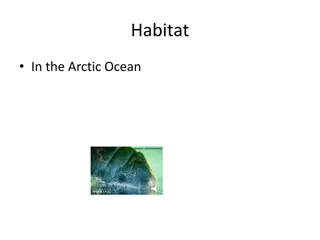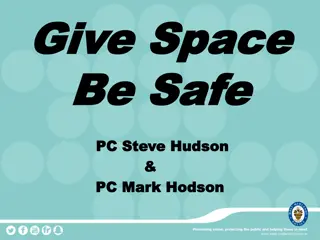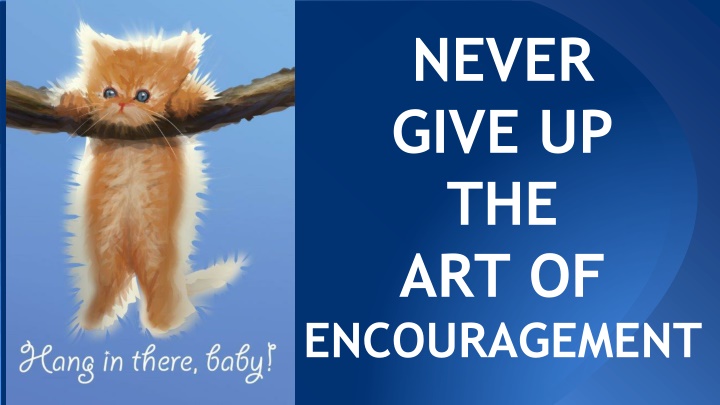
Empowering Peer Support and Resilience Skills
Discover the art of peer support through the International Association of Peer Supporters (iNAPS) guidelines, focusing on mutual encouragement, respect, and empowerment. Explore resilience skills, wellness domains, and the importance of disclosing personal challenges sensitively. Learn how to cultivate self-belief, nurture optimism, and take positive action towards building resilience in challenging times.
Download Presentation

Please find below an Image/Link to download the presentation.
The content on the website is provided AS IS for your information and personal use only. It may not be sold, licensed, or shared on other websites without obtaining consent from the author. If you encounter any issues during the download, it is possible that the publisher has removed the file from their server.
You are allowed to download the files provided on this website for personal or commercial use, subject to the condition that they are used lawfully. All files are the property of their respective owners.
The content on the website is provided AS IS for your information and personal use only. It may not be sold, licensed, or shared on other websites without obtaining consent from the author.
E N D
Presentation Transcript
NEVER GIVE UP THE ART OF ENCOURAGEMENT
(iNAPS) The International Association of Peer Supporters www.inaops.orgwww.inaops.org 12 Ethical and Practice Guidelines Peer support is voluntary Peer supporters are hopeful (share hope) Peer supporters are open-minded (withhold judgment) Peer supporters are empathetic (listen with emotional sensitivity) Peer supporters are respectful Peer supporters facilitate change (educate & advocate)
Peer support is mutual and reciprocal (give & receive) Peer support is equally shared power (embody equality) Peer support is strengths-focused (see what s strong, not what s wrong) Peer support is transparent (clear expectations, plain language) Peer support is person driven (focus on the person,
SAMSHSA EIGHT WELLNESS DOMAINS FINANCIAL PHYSICAL SPIRITUAL FAMILY EMOTIONAL OCCUPATIONAL INTELLECTUAL SOCIAL
DISCLOSING/WHEN TO SHARE Creates a form of intimacy Indirectly communicates a challenge -i.e. ou can do it, too Seven tools that guide disclosure: 1.Orient person to disclosure 2.Disclose to inspire and not vent 3.Assess the timing 4.Focus & select to the persons recovery goals 5.Not too frequently 6.Do not burden someone who is already overburdened 7.Be flexible: different use to the person situation Gerard Eagan: The Skilled Helper
Resilience is the ability to bounce or spring back into shape after being stretched, bent or compressed To handle stress well is something some are born with; but if you are not it can be learned
RESILIENCY SKILLS 1.Building Positive Beliefs in Self 2.Finding meaning and purpose 3.Building supports 4.Being flexible 5.Nurture Self 6.Being Optimistic 7.Taking Action
BUILD POSITIVE BELIEFS IN SELF IDENTIFY COPING RESOURCES
13 TIPS to BUILDING SELF ESTEEM 1. Start small 2. Create a compelling vision 3. Socialize 4. Do something that scares you 5. Do something you are good at 6. Set goals
7.Help others feel good about themselves 8.Get clarity on life areas 9.Create a plan 10.Get motivated 11.Affirmations & Introspection 12.Get external compliments 13.No more comparisons Jae Song,Published in happiness, motivation:thinksimplenow.com
FIND MEANING & PURPOSE SPIRITUALITY
HOPE Questions H: Sources of hope, meaning, comfort, strength, peace, love and connection. O: Organized religion P: Personal spirituality and practices E: Effects on medical care and end-of-life issues
Examples of Questions for the HOPE Approach to Spiritual Assessment H: We have been discussing your support systems and I was wondering, what is there in your life that gives you internal support? What are your sources of hope, strength, comfort and peace? What do you hold on to during difficult times? What sustains you and keeps you going?
O: Do you consider yourself part of an organized religion? How important is this to you? What aspects of your religion are helpful and not so helpful to you? Are you part of a religious or spiritual community? Does it help you? How?
P: Do you have personal spiritual beliefs that are independent of organized religion? What are they? Do you believe in God? What kind of relationship do you have with God? What aspects of your spirituality or spiritual practices do you find most helpful to you personally? (e.g., prayer, meditation, reading scripture, attending religious services, listening to music, hiking, communing with nature)
E: Has being sick (or your current situation) affected your ability to do the things that usually help you spiritually? (Or affected your relationship with God) Is there anything that I can do to help you access the resources that usually help you? Are you worried about any conflict between your beliefs and your medical situation/care/decisions? Are there any specific practices or restrictions I should know about in providing your care?
Integrating spirituality into treatment (recovery) defines health as having three domains - suffering, function, and coherence. Suffering is the absence of health, function describes ability (or lack thereof), and coherence relates to inner peace. When working with a client to achieve outcomes, one must address all three factors: the illness itself, its impact on functionality, and the spiritual or existential framework the person embraces. Gowri Anandarajah, M.D. Ellen Hight, M.D., M.P.H. Brown University School of Medicine, Providence, Rhode Island AM Fam Physician. 2001 Jan 1;63(1):81-89.
SPIRITUALITY IS COMPLEX & MULTIDIMENSIONAL & HAS COGNITIVE, EXPERIENTIAL & BEHAVIORAL ASPECTS: The cognitive or philosophical aspects include the search for meaning and purpose and truth in life and the beliefs and values by which a person lives. The experiential and/or emotional aspects involve feelings of hope, love, connection, inner peace, comfort and support. The behavior aspects involve the way a person externally manifests spiritual beliefs.
SEEK SUPPORT BUILD A SOCIAL NETWORK
BE FLEXIBLE EMBRACE CHANGE
Having flexible thinking relates to our perceptions, emotions, actions and motivations. A change of environment, attitude or behavior will also influence how we think. Koutstaal, Maisel (life.gaiam.com/article/5-brain-exercises-foster-flexible-thinking
HOW TO DEVELOP AN AGILE MIND 1. Change the context (environment) (take a walk,exercise,take a vacation) 1. Try something new (helps with creativity,problem solving) 1. Question your thoughts and words (be aware of what you are thinking/saying) 1. Plan to be spontaneous (change up regular routine) 1. Mix up the way you think (focused & diffuse)
NURTURE SELF SEE SETBACKS AS TEMPORARY
BE OPTIMISTIC HAVE AN ATTITUDE OF GRATITUDE
UNHELPFUL THINKING STYLES All or Nothing Thinking/Black & White Thinking Either I do it right or not at all Mental Filter Noticing failures but not successes Jumping to conclusions Mind reading(know what others are thinking) Fortune telling(predicting the future) Emotional Reasoning Assuming feelings are true Labelling I am a loser/I am completely useless
Over-generalising everything is always rubbish/nothing good ever happens Disqualifying the positive Magnification (Catastrophizing) & minimisation Blowing things out of proportion or making something less important Should/Must These make us feel guilty like we have already failed Personalisation This is my fault/blaming or not taking responsibility
TAKE ACTION SET GOALS ACKNOWLEDGE SKILLS
GIVE & INSTILL CHOICE RESPONSIBILITY TEACH SELF- ASSESSMENT
TEACHING SELF ASSESSMENT ATTITUDE=PERSPECTIVE ANXIETY,PEACE,PATIENCE SELF-CONTROL DECISION MAKING

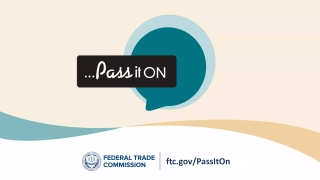
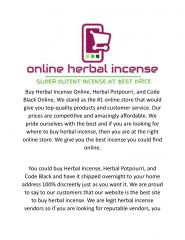
![Read⚡ebook✔[PDF] The Untold Stories of the Space Shuttle Program: Unfulfilled D](/thumb/21685/read-ebook-pdf-the-untold-stories-of-the-space-shuttle-program-unfulfilled-d.jpg)
